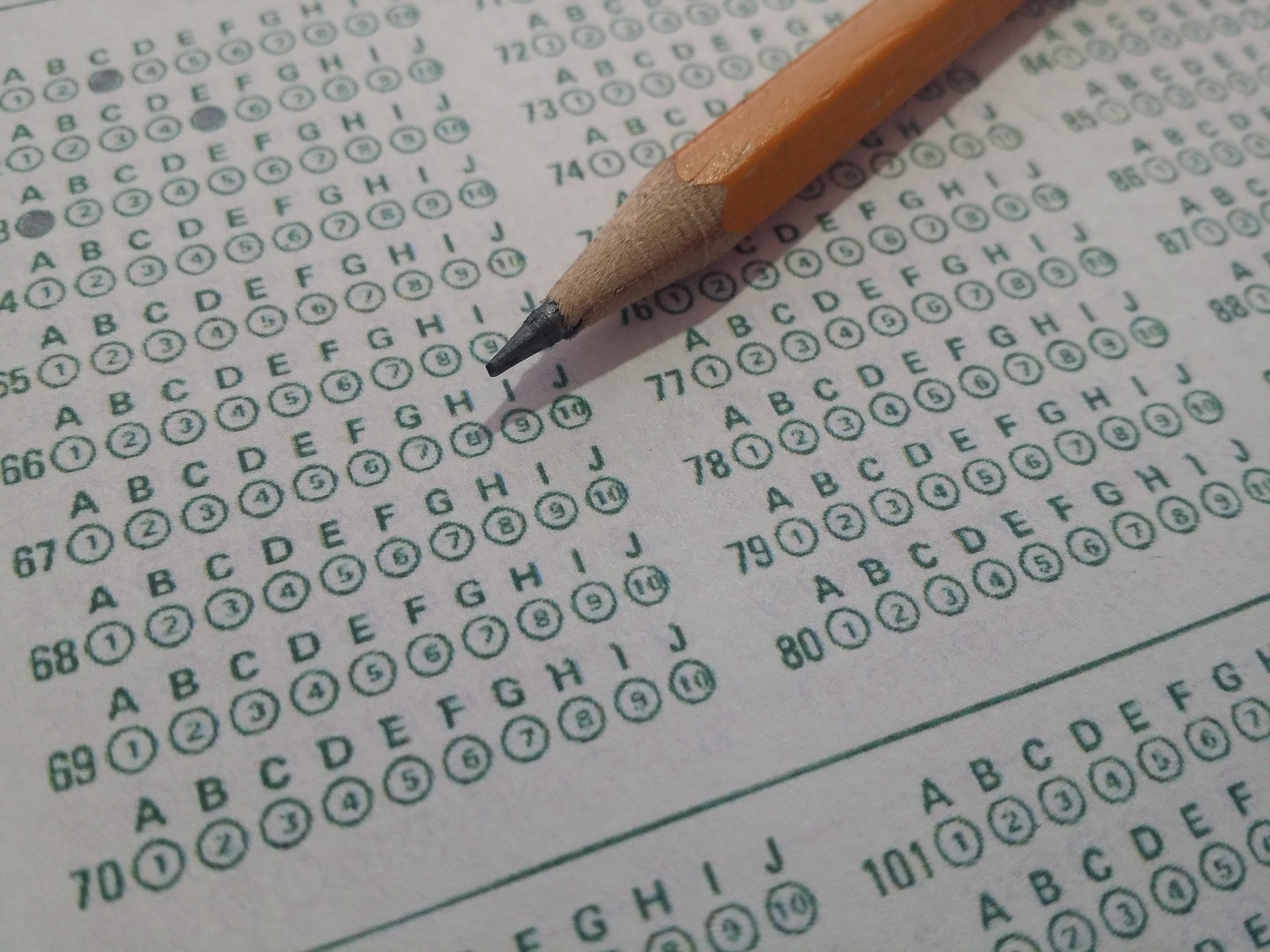 Most people have a fairly strong sense of audience awareness. You were a natural rhetorician from the time you were a child, when you worked to convince your parents to get you a certain toy. You probably honed your rhetorical skills with your parents during your teenage years. Most of us do.
Most people have a fairly strong sense of audience awareness. You were a natural rhetorician from the time you were a child, when you worked to convince your parents to get you a certain toy. You probably honed your rhetorical skills with your parents during your teenage years. Most of us do.
But audience awareness can get a little more complicated when you have to write for a diverse audience or an audience you don’t know very well. Still, we can use what we do know about being effective for an audience and apply that to academic situations.
The important thing is to do your best to think about what might appeal to a particular group of people. In the samples below, you’ll see paragraphs written on the same topic to three different audiences. Which one would be most appropriate for a formal research paper required in an academic setting? Which one would be most effective within a group of friends or family, perhaps something you might see as a Facebook post for a class? Which one might work well as a journal entry, intended for just you and your teacher, for an education class? As you read through each paragraph, think about who the intended audience might be and how both content and style change in different situations, even though the topics are the same. Notice how the tone becomes more formal as you progress.

 Do you remember those awful standardized tests from high school? I mean, what good were they? I remember sitting in class while our English teacher told us for like the hundredth time that these tests were important, and then, she would show us the formula we were supposed to use to pass the written portion of the test. I got really good at that formula and passed the standardized test to graduate high school with flying colors. Then, I went to college and was lost. I got bad grades on my essays and didn’t know why.
Do you remember those awful standardized tests from high school? I mean, what good were they? I remember sitting in class while our English teacher told us for like the hundredth time that these tests were important, and then, she would show us the formula we were supposed to use to pass the written portion of the test. I got really good at that formula and passed the standardized test to graduate high school with flying colors. Then, I went to college and was lost. I got bad grades on my essays and didn’t know why. Today, standardized tests are a part of everyday life at most public high schools in the United States. Thanks to legislation from the No Child Left Behind Act, students must now pass standardized tests before they can graduate from high school. While the legislation behind the No Child Left Behind Act may have been well intentioned, there have been serious negative consequences to this act, one being a heavy focus on “teaching to the test” in many classrooms across the country. This focus on testing can lead to loss in instructional time for things like critical thinking and writing. Research now indicates that, indeed, writing instruction has suffered due to an emphasis on standardized testing. Researchers Applebee and Langer studied writing assignments and writing instruction time in middle and high school classrooms throughout the United States. Applebee and Langer (2011) found “[T]he actual writing that goes on in typical classrooms across the United States remains dominated by tasks in which the teacher does all the composing…replicating highly formulaic essay structures keyed to the high-stakes tests they will be taking.” (p. 26). This emphasis on teaching writing “to the test” can have serious consequences for students entering college and the workforce. Because writing is such an important part of college classes and most professions, the U.S. needs to examine the consequences of high-stakes standardized testing, like those connected to the No Child Left Behind Act, on writing instruction in the public schools.
Today, standardized tests are a part of everyday life at most public high schools in the United States. Thanks to legislation from the No Child Left Behind Act, students must now pass standardized tests before they can graduate from high school. While the legislation behind the No Child Left Behind Act may have been well intentioned, there have been serious negative consequences to this act, one being a heavy focus on “teaching to the test” in many classrooms across the country. This focus on testing can lead to loss in instructional time for things like critical thinking and writing. Research now indicates that, indeed, writing instruction has suffered due to an emphasis on standardized testing. Researchers Applebee and Langer studied writing assignments and writing instruction time in middle and high school classrooms throughout the United States. Applebee and Langer (2011) found “[T]he actual writing that goes on in typical classrooms across the United States remains dominated by tasks in which the teacher does all the composing…replicating highly formulaic essay structures keyed to the high-stakes tests they will be taking.” (p. 26). This emphasis on teaching writing “to the test” can have serious consequences for students entering college and the workforce. Because writing is such an important part of college classes and most professions, the U.S. needs to examine the consequences of high-stakes standardized testing, like those connected to the No Child Left Behind Act, on writing instruction in the public schools.